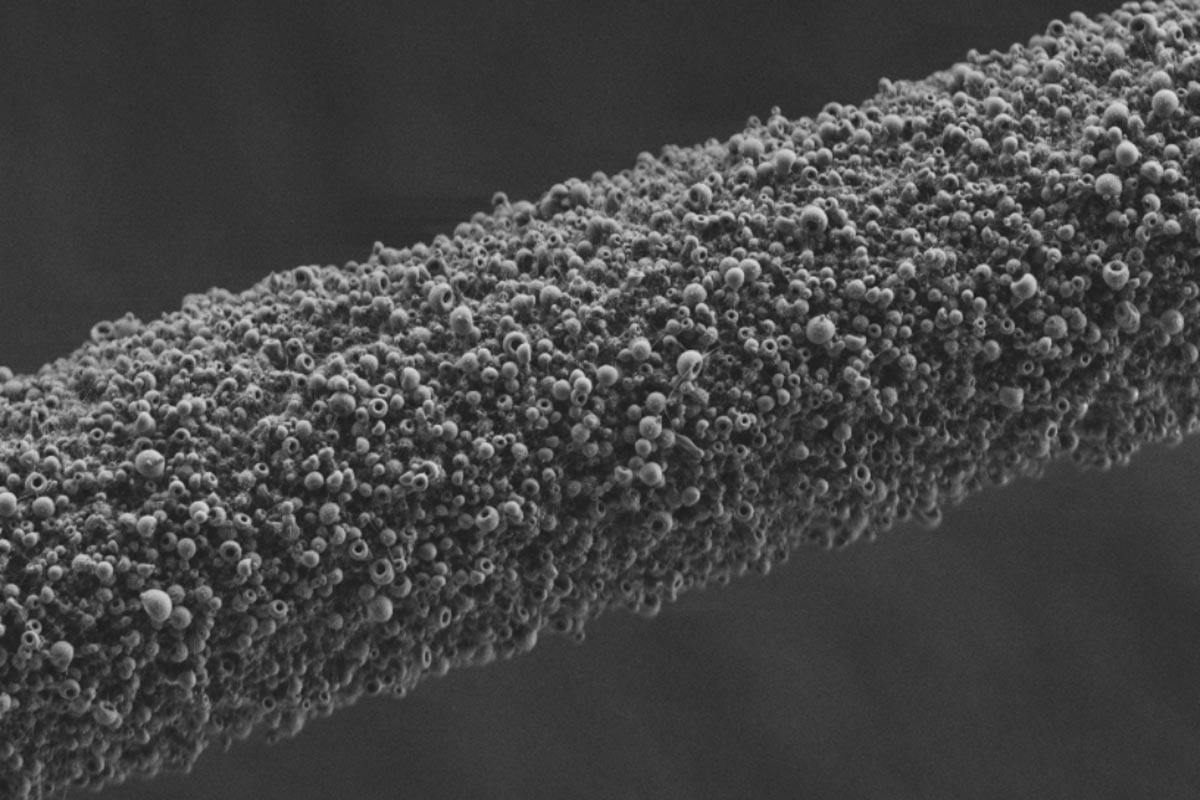The good news is that AMD treatment continues to evolve to the benefit of patients. Ophthalmologists expect to soon have more effective options to protect people from going legally blind from AMD.
“While our current treatments have made a huge difference in the lives of hundreds of thousands of people, new treatments offer hope to patients whose AMD previously could not be treated,” said Sunir J. Garg, MD, FACS, a retina specialist and clinical spokesperson for the American Academy of Ophthalmology. “New treatments will also help patients receive beneficial treatment more conveniently than ever before.”
The following is a review of the most promising research.
Dry AMD
Dry AMD can be divided into three forms: early, intermediate, and late. For those with intermediate disease, a formulation of antioxidant vitamins called the AREDS2 formula can help many patients reduce their risk of vision loss. But for those with late-stage disease, also called geographic atrophy, there is no treatment available. However, there are several promising clinical trials underway.
- Targeting the immune system A part of the immune system called the “complement cascade” has long been identified as a culprit in AMD. Two new drugs that target the complement cascade and stop it from attacking the retina have recently advanced to late-stage clinical trials. One (pegcetacoplan, APL-2) targets a complement protein called C3, the other drug candidate (Zimura, avacincaptad pegol) targets a different protein in the cascade, C5. Like currently available treatments for wet AMD, these drugs are injected directly into the patient’s eye. Already proven safe in people, researchers are now investigating whether they can substantially improve vision. Results are expected in about a year.
- Replacing vision cells Another concept under investigation is the possibility of replacing some cells that begin to die in late dry AMD. These retinal pigment epithelial cells can be produced from stem cells and then placed under the retina during a surgical procedure. Trials have shown that cell replacement did not have unexpected side effects. Additional trials are now evaluating whether it can actually improve vision. Even though intriguing investigations are progressing, stem cell treatments still have a long way to go before approval.
Wet AMD
Before anti-VEGF treatments were introduced about 15 years ago, people with wet AMD were almost certain to develop severe vision loss or blindness. While clinical trials show that anti-VEGF injections have allowed more than 90 percent of patients to keep their vision, in the real world the percentage is closer to 50 percent. That’s because people aren’t being treated as regularly as they should. The problem is most people need an injection every four to eight weeks to keep their vision. This can be a difficult schedule to maintain for many elderly patients struggling with other maladies and reliant on others to get them to their ophthalmology visits.
Some of the most exciting research today is looking at better alternatives to frequent injections. It’s not just about convenience; the hope is that a more consistent treatment will also help people keep more of their vision.
- New delivery methods One promising approach that could be available soon is a refillable drug reservoir. The device, about the size of a grain of rice, is surgically implanted in the eye, just under the eyelid. After the device is filled with a concentrated version of the anti-VEGF drug Lucentis, it delivers drug to the back of the eye over time. Instead of an injection every six to eight weeks, patients might get a fill up once or twice a year at the doctor’s office. The device can be refilled using a special needle. The latest studies show many people treated this way were able to go 15 months in between treatments.
- Gene therapy Gene therapy offers the hope of a potential “one-and-done” treatment. Researchers are using already proven gene therapy methods to deliver a treatment that enables the eye to make its own anti-VEGF medicine. Two different methods are under investigation: One injects the gene therapy underneath the retina in a surgical procedure; the other injects it into the eye just like a routine anti-VEGF treatment is done in the doctor’s office. There are four different drug candidates under investigation for wet AMD and one for dry AMD. Despite the promise of gene therapy, the long-term effectiveness remains to be seen. Among the challenges it faces is the likely sky-high cost of such a treatment.
- New targets Anti-VEGF treatments are effective because they target one key factor that contributes to wet AMD, vascular endothelial growth factor (VEGF). But what if a drug could target two key contributing factors to the development of AMD? That’s the idea behind the drug faricimab. It targets both VEGF and the protein angiopoietin-2. It’s injected into the eye like a standard anti-VEGF treatment, but it lasts longer. The latest research shows patients could go up to four months in between treatments. However, this data is so new that it has not yet been published in a peer-reviewed journal.
“This is an exciting time for clinical research for age-related macular degeneration that gives hope to many of our patients,” said Rahul N. Khurana, a retina specialist and clinical spokesperson for the American Academy of Ophthalmology. “For dry AMD patients suffering from vision loss, there may be treatments on the horizon. For wet AMD, there are new delivery options with longer duration of action and new molecular targets that may lead to more effective therapies.”
About the American Academy of Ophthalmology The American Academy of Ophthalmology is the world’s largest association of eye physicians and surgeons. A global community of 32,000 medical doctors, we protect sight and empower lives by setting the standards for ophthalmic education and advocating for our patients and the public. We innovate to advance our profession and to ensure the delivery of the highest-quality eye care. Our EyeSmart® program provides the public with the most trusted information about eye health. For more information, visit aao.org.


